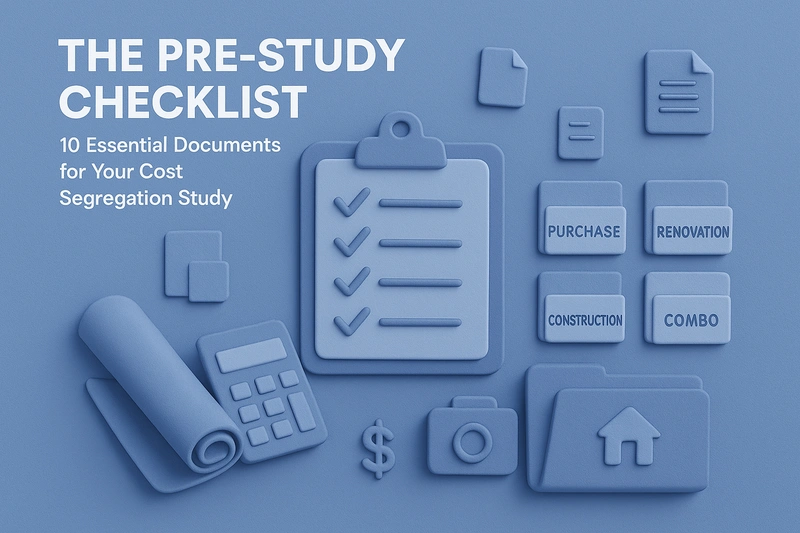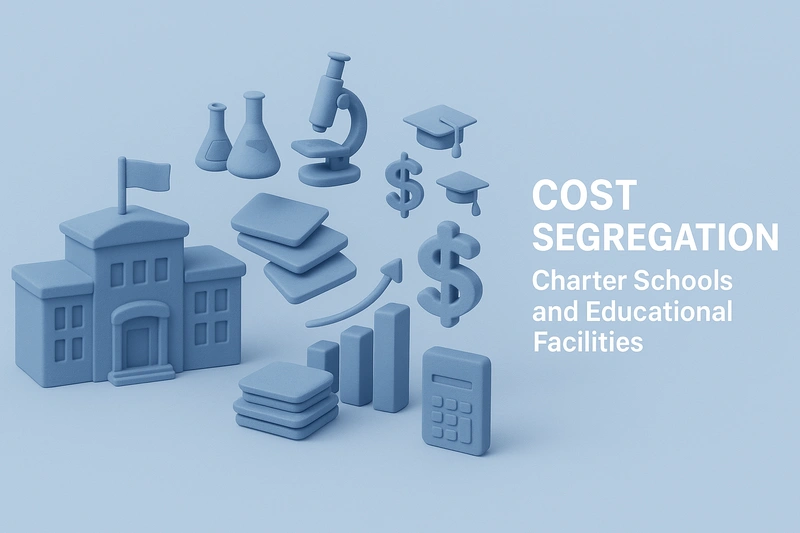Bonus depreciation is the main deduction real estate investors take to defer taxable income.
Before we explain the "bonus," let's talk about depreciation.
Depreciation is the act of slowly deducting the initial expense of an asset against your taxable income over the life of the investment.
For residential real estate, that is 27.5 years. For commercial real estate, the time frame is 39 years. That means, every year, you get to take a "deduction" against your taxes equal to 2.53% of the value of a commercial asset and 3.63% of a residential investment.
Residential:
100% (value as a whole) / 27.5 (time frame) = 3.63% (depreciation per year)
Example:
Residential building worth $1MM / 27.5 years = $36.3k per year in a tax deduction, every year for 27.5 years
This means, in residential real estate, each and every year, when you file your taxes, you can take a $36.3k deduction against your taxable income.
Commercial:
100% (value as a whole) / 39 (time frame) = 2.56% (depreciation per year)
Example:
Commercial building worth $1MM / 39 years = $25.6k per year in a tax deduction, every year for 39 years.
This means, in commercial real estate, each and every year, when you file your taxes, you can take a $25.3k deduction against your taxable income.
This is a big deal. Here's how it works in practice.
Let's say you buy a $1MM commercial real estate asset that generates $60k of net operating income each year (6 cap). You can deduct $25,641 (2.56%, or 1/39th) from your taxable income each and every year for 39 straight years.
That makes a SIGNIFICANT portion of your income each year shielded from income taxes—42%, to be exact. POWERFUL STUFF. How many W-2 employees do you know that get to keep 42% of their paycheck shielded from income tax?
It's time to discuss something called a "basis".
The basis is the amount, in dollars, of your capital investment in a particular asset for tax purposes.
If you buy a property for $1MM your basis is $1MM. But as you deduct things like depreciation, or any of the other tax deductions in this section of the course, your basis drops.
If you put a new roof on a property, your basis goes up. If you buy a neighboring parcel, your basis goes up. Any capital investments you make in a property add to your basis.
Note: Capital investments are different from operational expenses, and can't be deducted (entirely) in the year they happen.
In the example directly above, each year you deduct the $25,641 as an expense against income, your basis drops down from the original purchase price of $1MM by the $25,641.
When you sell an asset later or wind down an investment, your remaining basis is what you can use to offset your capital (taxable) gains on the sale.
If you sell this $1MM asset for $1MM in year two, after you had taken the $25k in depreciation, your basis drops to $975k, so at that sale, you would have a $25k taxable gain:
$1MM (sale price) - $975k (remaining basis) = $25k (taxable gain)
Okay, back to depreciation. It goes further than the simple 2-3% "straight line" deduction every year against your taxes
You can accelerate depreciation over quicker time frames for different parts of the property.
Different parts of the asset can be depreciated on different schedules based on their "useful life". Some schedules are faster than the 27.5 or 39-year time frame, so you can depreciate them faster.
For example, a sidewalk has a "useful life" as determined by the IRS of 15 years. So you can assign a value to the sidewalk and depreciate it faster, over a 15-year time span.
Land, or the dirt the building sits on, can't be depreciated because it has an "unlimited useful life" in the eyes of the IRS. Even in the original $1MM example, the full purchase price can't be depreciated because you have to assign a value to the land.
But the roof, road, sidewalk, fencing, walls, gates, landscaping, latches, flooring, air conditioners, pagers, curbing, and more can be depreciated much faster than 39 years because the tax code has different lifespans for those items.
Each asset has a depreciation "schedule" provided by the IRS. This is also called a "useful life". Some parts of the asset are 5 years, some 7, 10, 15, etc.
Through a cost segregation study, engineers assign a value, or a portion of purchase costs, to different parts to "segregate" the costs. The costs that fall into the lower useful life categories can be depreciated more aggressively.
"Bonus depreciation" is a special area of the tax code. It allows you to deduct a certain percentage of cost in the first year an asset is put into service. At the time of this writing, you can write off 100% of the value of anything that has a useful life of 15 years or less.
So the landscaping, doors, sidewalks, HVAC, latches, appliances, security cameras, gates, etc.
A certain percentage, laid out in the tax code, is depreciable all in year 1.
In 2023 this percentage is 80%.
THIS MEANS YOU CAN DEDUCT A BIG CHUNK OF THE OVERALL PRICE OF THE ASSET IN THE FIRST YEAR.
Just how powerful is this?
One of our clients recently purchased a $3MM self-storage facility. We performed an engineered cost segregation study.
We determined that there were $623,000 in items on the property that fell into the 15-year or less useful life period. Bonus depreciation allowed us to write off 80% of this amount as an expense in the FIRST YEAR. That is nearly 25% of our purchase price and almost equal to the amount of equity our client invested in the deal!
The NOI on our client's $3MM facility is projected to be $200,000. That means if they operate the facility for four years and it produces $200k in NOI each year, it would all be tax-deferred for the first three years.
Note: The land value is removed from the equation because it can't be depreciated (it has an unlimited useful life).
These deductions from bonus depreciation can also offset income from other previously purchased properties in the same "income type". So if you have a portfolio of $12MM worth of commercial real estate and it's producing $700k a year in NOI, many of our clients can buy one property each year to make virtually all of that income tax-deferred.
But even after the first year, you still get to deduct more depreciation on that other 75% of the asset over 39.5 years. So you can often offset cash flow from a $20 or $30 million portfolio by purchasing one property of about 10% of the value.
It is a beautiful thing for real estate owners. Get in touch with us about your cost seg needs here.






